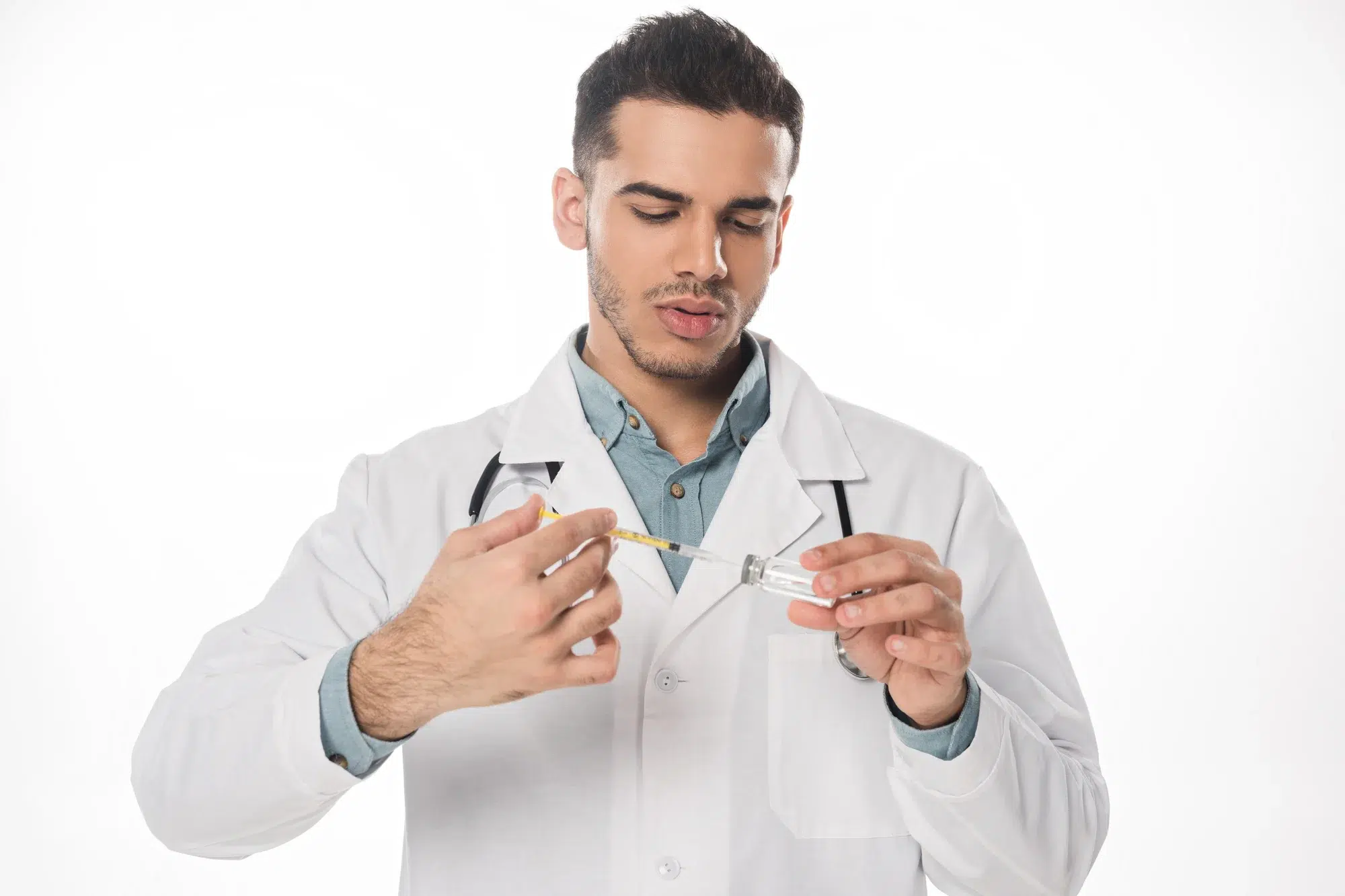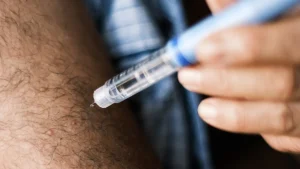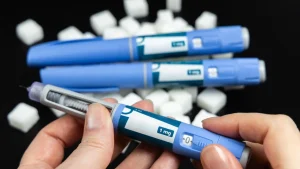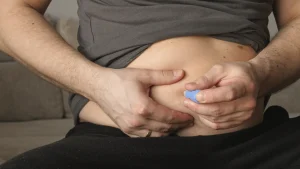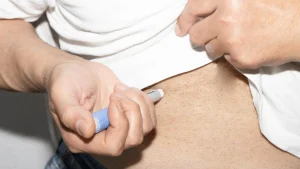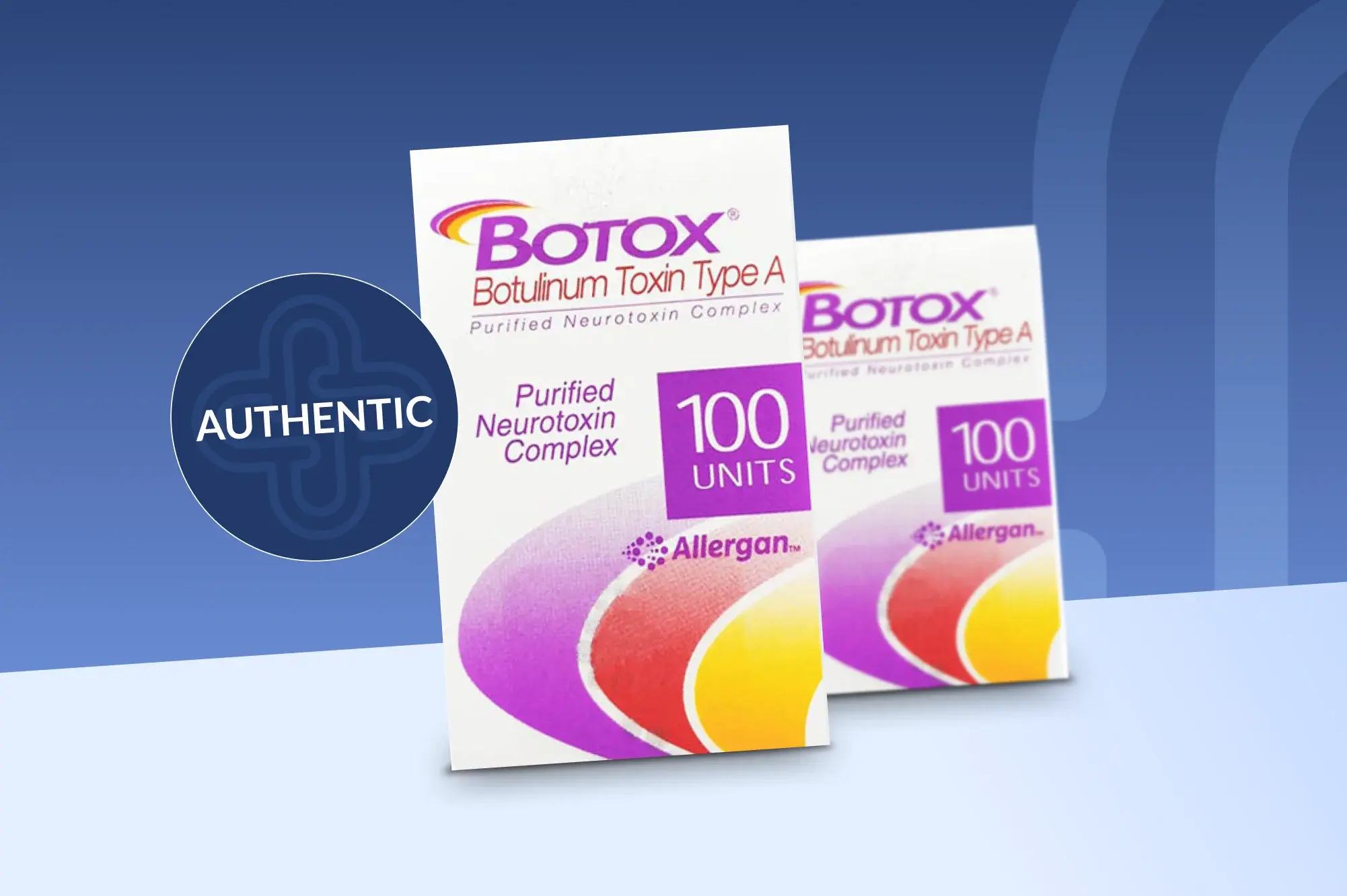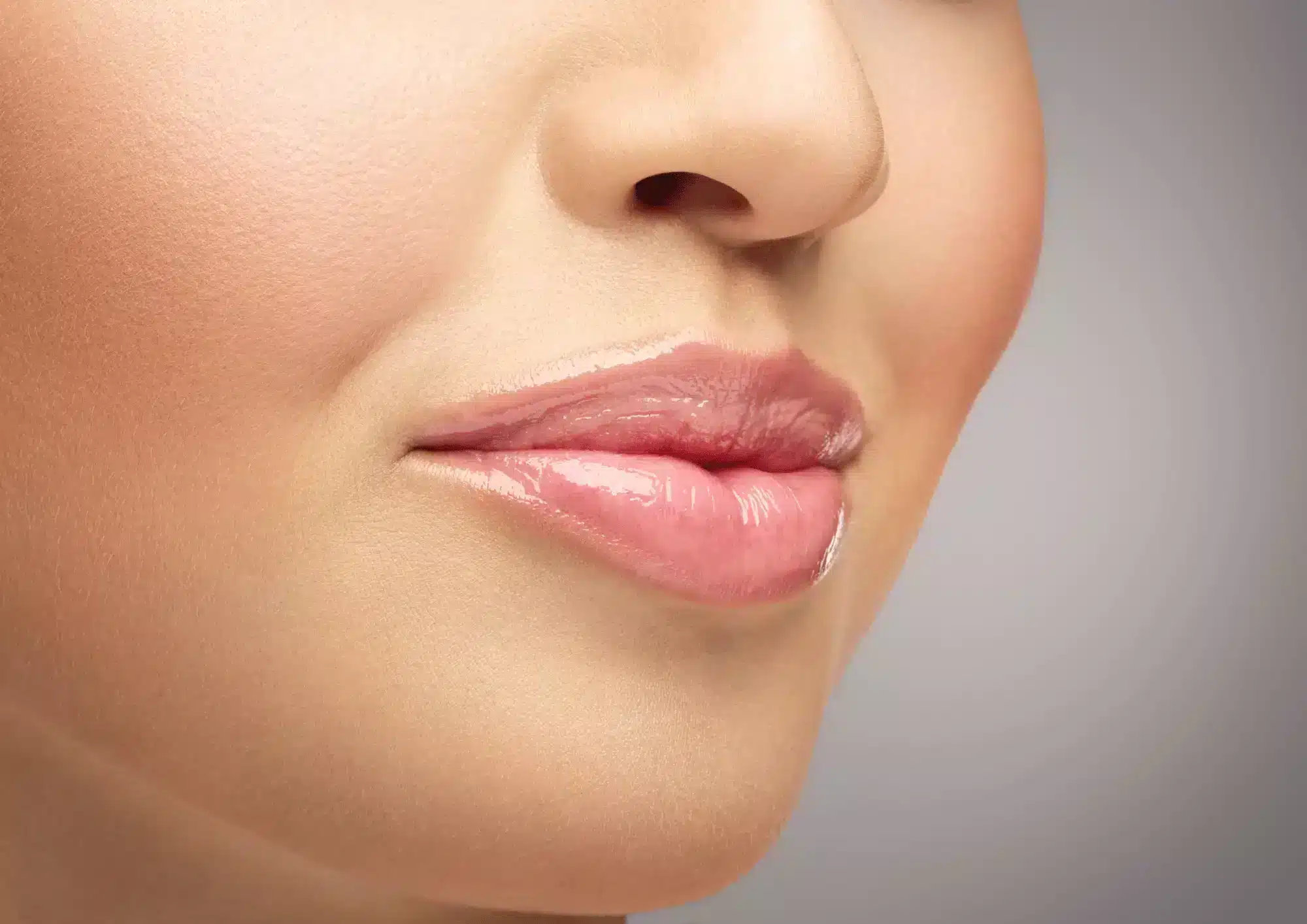What is Scrotox?
Botox is a neurotoxin derived from Clostridium botulinum that, when injected, acts at the site of treatment to block neuromuscular signalling, thereby preventing contractions of the muscle. Botox is known primarily for its role as a requisite therapy in fighting the signs of aging in the skin; however, its mechanism of action allows for many more uses, with many of these uses not widely known. In fact, there is an emerging trend where Botox is used for the aesthetic enhancement of male genitalia, specifically scrotal rejuvenation.
Scrotal anatomy and muscles involved in scrotal movement
The scrotum is located beneath the penis and consists of a dual-chambered sack of skin and smooth muscle. It houses the testes, external spermatic fascia, epididymis, and ductus deferens. Externally, the skin of the scrotum is commonly wrinkled and defined by furrows and ridges.
The dartos and cremaster muscles of the scrotum work to move the testicles for temperature regulation. The dartos contracts or expands to wrinkle the scrotal skin, thereby increasing or decreasing surface area to promote or reduce heat loss. The action of the dartos is done in conjunction with the cremaster, which acts to elevate or lower the testis. This, in turn, also serves to increase or decrease the exposed surface area of exposed skin, thus allowing for a more rapid or slower dissipation of body heat.
Botox for aesthetic improvement of the scrotum
Genital rejuvenation has traditionally implied vaginal rejuvenation; however, there has been rising interest in rejuvenating the male genital region, with treatments targeting cosmetic concerns, such as angiokeratomas, scrotal laxity (sagging scrotum), scrotal wrinkling, or pubic hair hypertrichosis (excessive hair), becoming increasingly popular.
Botox is suitable for addressing various aesthetic aspects of the scrotum. The procedure, colloquially termed “Scrotox,” is popular among young men who are looking to reduce the appearance of scrotal wrinkling. In addition to smoothing scrotal skin, Botox treatment will also facilitate the descent of the testicles, allowing them to hang lower. This has the effect of making the testicles appear larger, an appealing effect for many men.
Botox for the treatment of medical conditions in the scrotum
Botox is not just a cosmetic treatment for the scrotum; indeed, there are medical reasons to undergo a Botox treatment as well. Injecting Botox decreases excessive sweating in the groin, which is a condition known as inguinal hyperhidrosis. This condition, which can be extremely uncomfortable and embarrassing for the patient, has few satisfactory therapeutic options—until now. By using the toxin to decrease the activity of eccrine sweat glands through chemical denervation, a reduction in sweating, either hyperhidrosis or anhidrosis, can be achieved.
Chronic scrotal pain (CSP) refers to testicular pain that occurs, either intermittently or constantly, in a duration of three months or more. The pain can occur in one or both testes and can be debilitating enough to disrupt daily activities. While this condition has many root causes, including infectious, such as prostatitis epididymitis; malignancy; postsurgical, such as a vasectomy, hernia repair, and scrotal procedure; benign, such as hydrocele, varicocele, and spermatocele; radiculopathy; referred pain; or neuropathic. Additionally, almost a quarter of CSP cases remain idiopathic, with therapy usually empirical in nature. Botox can be administered in cases of idiopathic CSP in the form of cord blocks that act as both a nerve block for short-term pain relief and as a chemical denervation agent for long-term pain reduction, respectively. A pilot study examining the efficacy of Botox in this context found that 72% of patients who received Botox cord block experienced reduction in their pain, which had lasted for three months or more.
Risks
Scrotal wrinkling has a functional aspect: it allows for temperature regulation of the scrotum, so as to constantly maintain the optimal temperature for sperm production, which is 35°C. By injecting Botox, there is a risk of damage to sperm, which can reduce male fertility. As well, injecting the cremaster muscle disrupts its ability to relax or contract the scrotum in response to heavy physical activity, which heightens the risk of trauma to the organ. That being said, an experienced injector will be able to reduce risks by administering the injection using the appropriate dosage and technique for the individual concern.
What is the procedure like?
Many patients are understandably worried about their safety when undergoing a procedure that involves injecting a toxin into a sensitive and delicate area but, in reality, Botox treatment, if administered by a qualified and experienced injector, is very safe.
The region is a sensitive area, so topical anaesthetic is necessary. The practitioner will inject Botox superficially just past the skin into the cremaster and dartos muscle. Due to the application of a numbing cream, the patient should be comfortable and pain-free throughout the procedure. The entire procedure should take 15–30 minutes, and patients should experience minimal side effects, including some bruising and swelling from the injections.
For the treatment of CSP, Botox is usually injected into the upper scrotum approximately 1–2cm from the external ring, infiltrating the branches of the ilioinguinal and the genitofemoral nerves.
The procedure for administering Botox for the treatment of groin sweating is a slightly different. When treating a patient with Botox for inguinal hyperhidrosis, the toxin is administered intradermally to the patient’s groin crease or to the areas of the inguinal region affected by hyperhidrosis, as based on the iodine-starch test. The needle is inserted approximately 2.5mm into the skin, where the sweat glands are located. Usually, the toxin is injected in small doses, such as 2–3 units per square centimetre, across a wide area.
Botox will begin to take effect within three to four days after treatment. Its results will typically last between 3–4 months, but it has been reported to last beyond that. For the treatment of focal hyperhidrosis, Botox treatment has been reported to last for at least six months.
Conclusion
Botox is a versatile treatment whose modality can be applied to many cosmetic and medical uses pertaining to the scrotal area. Men looking to rejuvenate their genital region now have a safe, convenient, minimally invasive, and efficacious method to achieve their aesthetic goals.
